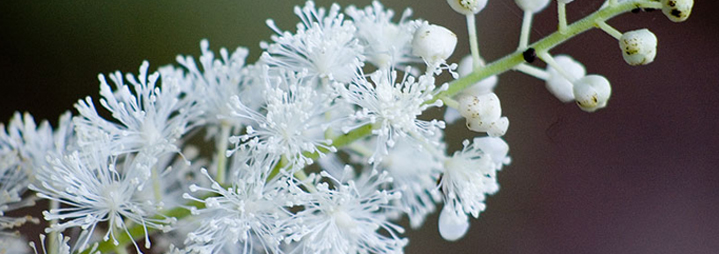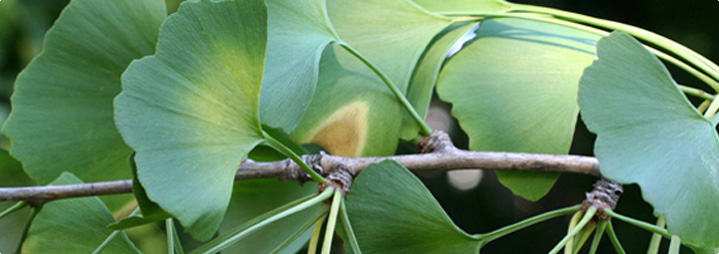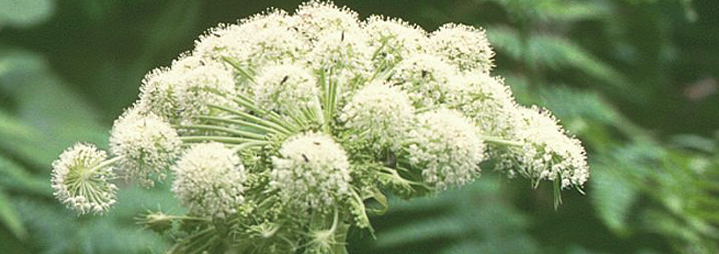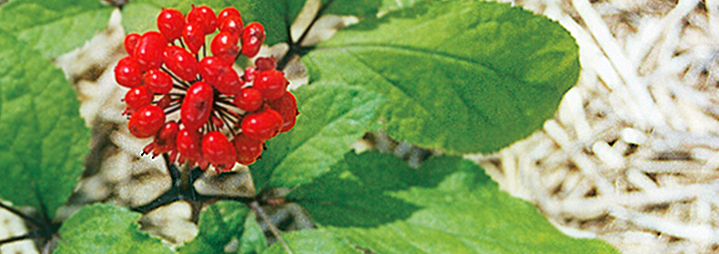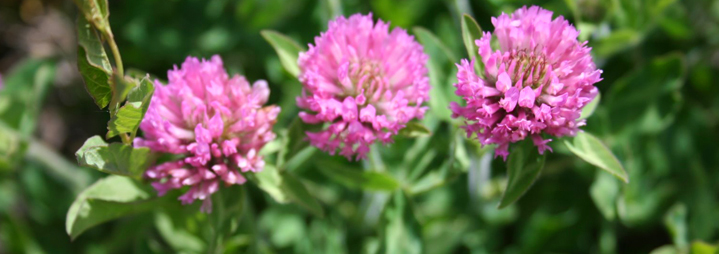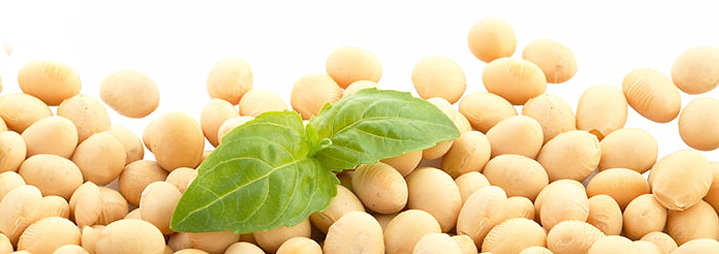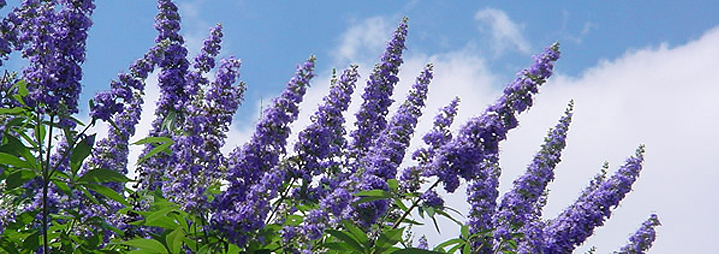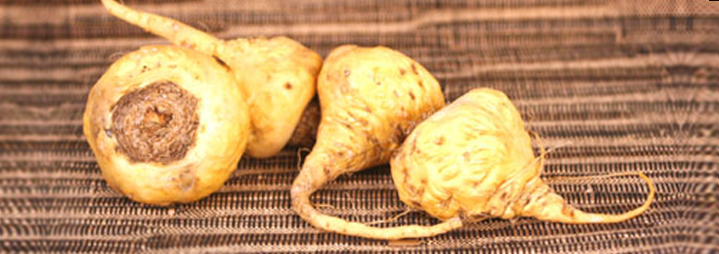Phytoestrogens: FAQs
Phytoestrogens are a mystery to many. What are they? Where do they come from? Can they really help relieve menopause symptoms?
Phytoestrogens and phytoestrogenic plants are an increasingly popular, natural way to treat menopause symptoms.
Read on for the answers to four frequently asked questions about phytoestrogen.
1. What are phytoestogens?
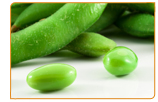 Phytoestrogens are structures produced in the plant that have a similar molecular make-up to the human hormone estrogen. When they are ingested into the body, they mimic the role of the hormone, and can supplement low estrogen levels. Phytoestrogens exist in three different forms: isoflavones, flavanols and flavones.
Phytoestrogens are structures produced in the plant that have a similar molecular make-up to the human hormone estrogen. When they are ingested into the body, they mimic the role of the hormone, and can supplement low estrogen levels. Phytoestrogens exist in three different forms: isoflavones, flavanols and flavones.
2. How can phytoestrogens help relieve my menopause symptoms?
Menopause symptoms are caused by fluctuations in hormones. During menopause, the level of estrogen in the female body fluctuates, as the body prepares to cease the process of the menstrual cycle. These fluctuations, and the declining level of estrogen, manifest themselves in the form of menopausal symptoms.
Phytoestrogen can help relieve the symptoms that are caused by fluctuating levels of estrogen in the body. When phytoestrogen enters the body, it mimics estrogen, and supplements low and fluctuating levels of natural estrogen. By supplementing the level of estrogen in the body, the effects of menopausal symptoms are reduced.
3. What are sources of phytoestrogens?
Phytoestrogens are found in a number of foods, chiefly in soy products and legumes. Grains, beans, nuts, seeds, seed oils, berries, fruits, vegetables, and roots all contain phytoestrogens. The most common food sources of phytoestrogens are the following:
| . Soy beans . Tempeh . Tofu . Onions . Lettuce . Tomatoes . Red wine . Green tea |
. Apples . Citrus peels . Flaxseed or flax flour . Lentils . Garlic . Squash . Asparagus |
4. What are herbal sources of phytoestrogens?
Phytoestrogens are only present in food sources in very small quantities; too small to have an effect on estrogen levels. However, there are many plants and herbs that contain phytoestrogens in higher concentrations. Phytoestrogen can be found in the following herbs:
 . Black Cohosh
. Black Cohosh
. Ginseng
. Dong Quai
. Ginkgo Biloba
. Soy
Phytoestrogens are an increasingly popular and effective way to treat menopause symptoms. They are convenient as they are available in many forms, are efficient as they treat menopausal symptoms at a hormonal level. Click here to learn more about the different types of phytoestrogens, and which might be the right one for you and your menopausal symptoms.









